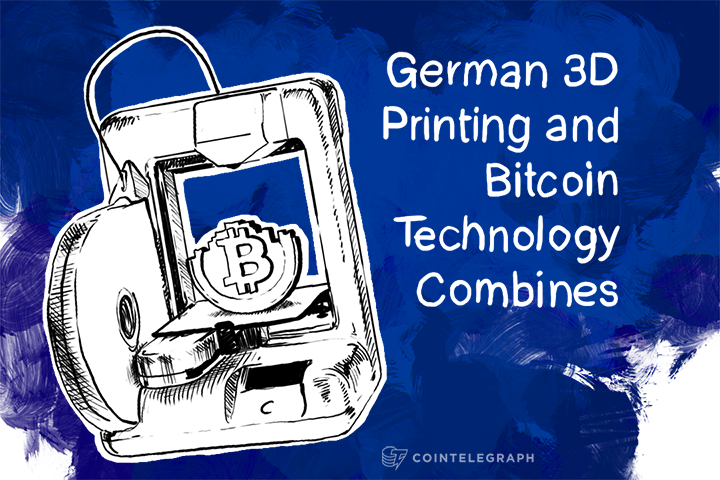Marvel at the wave of the future as it is 3D-printed in front of you and paid for in bitcoins. That’s right: German 3D printing company ZmartPart has announced it is accepting payment in Bitcoin, combining two of the most fascinating and innovative new technologies of the day into one astonishingly futuristic process.
Accepting Bitcoin, ZmartPart said, will accelerate manufacturing and shipment especially for clients outside the company’s base in the European Union.
Invoices ordered in Bitcoin must be paid within 24 hours, according to the printer’s website, linking visitors to Bitcoin’s Wikipedia page for more information about the currency. No information about ZmartPart’s wallet is listed on the website, so interested clients need to contact the company about how to process Bitcoin payments.
“We believe in the big potential of connecting the digital world with the real world as well as cryptocurrencies to be a possible game changing technology for companies to offer their services worldwide,” ZmartPart explained about the decision on their website.
Ironically, 3D printing (otherwise known as additive manufacturing) has also been called a game-changer.
The technology works by a machine “printing” whole objects from a 3D digital file. Layering pieces of plastic, metal, nylon, or one of a hundred other materials, the printer builds 2D shapes vertically from thinly-sliced horizontal cross-sections of the future product.
The first working 3D printer was made in 1984; today, 3D printing has been used to create rocket engines, jewelery, clothing, eyewear, and even human organs using the recipient’s own cells.
3D printers have even reached the point where the technology is affordable for private, domestic consumers: home 3D printers can be purchased for as little as $300 to $2000.
Astonishing? Yes. But then, creating a reliable peer-to-peer digital payment system capable of transferring massive amounts of money across the globe free of government or financial institutions was once unheard-of as well.
The combination of the two technologies, each of which has disrupted conventional acceptance of possibility and limitations in their respective industries, is a tangible example of the speed of modern life. Where clients would, this time last year, wait months to special-order some obscure washing machine part from plants in China, they can today order it almost instantly from a cheap and efficient German 3D printing company and receive it within days.
With the combination of 3D printing and Bitcoin, the question “What is next?” has become more of a challenge: “What can’t we do?”


